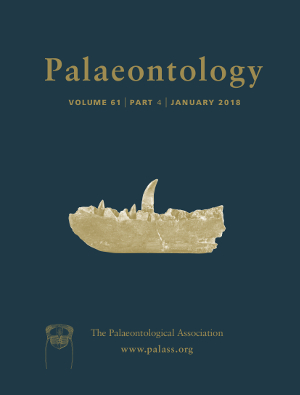Reg. Charity No. 1168330

The collection and dissemination of vertebrate ichnological data is struggling to keep up with techniques that are becoming commonplace in the wider palaeontological field. A standard protocol is required to ensure that data is recorded, presented and archived in a manner that will be useful both to contemporary researchers, and to future generations. Primarily, our aim is to make the 3D capture of ichnological data standard practice, and to provide guidance on how such 3D data can be communicated effectively (both via the literature and other means) and archived openly and in perpetuity. We recommend capture of 3D data, and the presentation of said data in the form of photographs, false‐colour images, and interpretive drawings. Raw data (3D models of traces) should always be provided in a form usable by other researchers (i.e. in an open format). If adopted by the field as a whole, the result will be a more robust and uniform literature, supplemented by unparalleled availability of datasets for future workers.